Home>Technology>Home Entertainment Systems>What Is Universal Remote Control
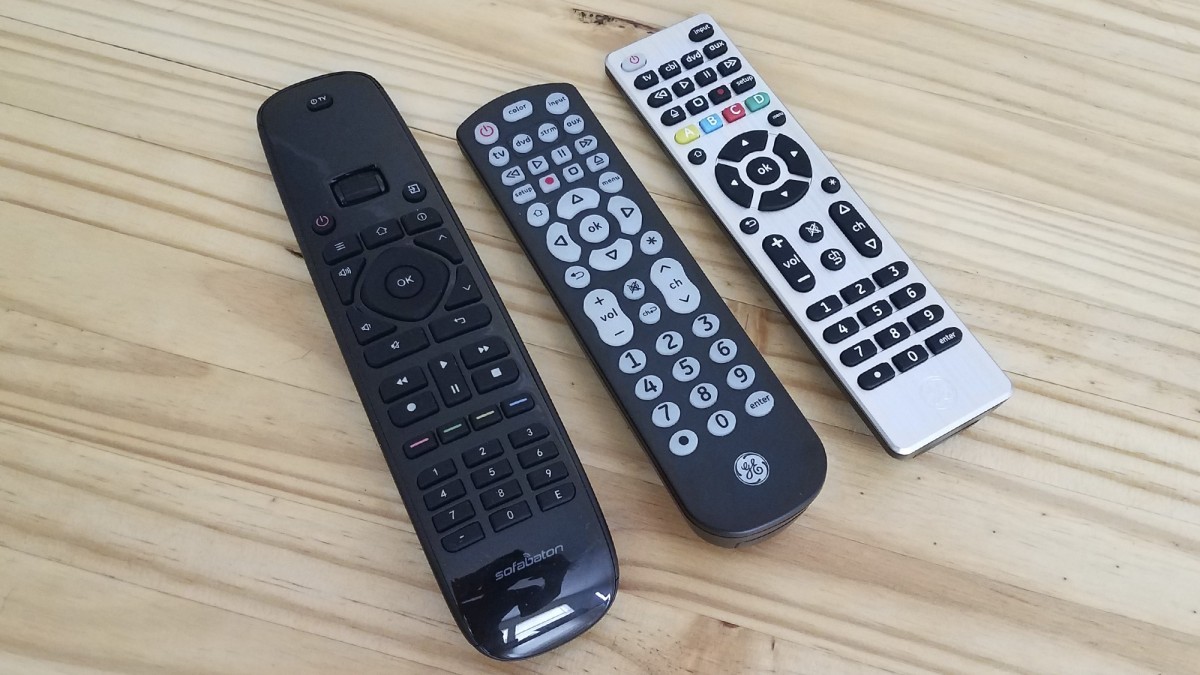

Home Entertainment Systems
What Is Universal Remote Control
Modified: August 28, 2024
Discover the convenience and versatility of universal remote control for your home entertainment systems. Enhance your experience with easy access to all your devices with just one remote.
(Many of the links in this article redirect to a specific reviewed product. Your purchase of these products through affiliate links helps to generate commission for Storables.com, at no extra cost. Learn more)
Introduction
Welcome to the world of home entertainment systems! Whether you’re a movie aficionado, a sports enthusiast, or a gaming enthusiast, having a seamless and immersive experience is essential. And that’s where a universal remote control comes in.
A universal remote control is a device that allows you to control multiple electronic devices from a single remote. Instead of juggling multiple remotes for your TV, soundbar, DVD player, and other devices, a universal remote simplifies the process by consolidating all the controls into one convenient device. It’s like having a magic wand that grants you complete control over your home entertainment system.
But what exactly is a universal remote control and how does it work? In this article, we’ll explore the world of universal remote controls, their benefits, types, and factors to consider when choosing one. We’ll also provide tips for setting up and troubleshooting common issues. So, let’s dive in!
Key Takeaways:
- Say goodbye to juggling multiple remotes and cluttered coffee tables! A universal remote control simplifies home entertainment by consolidating control of multiple devices into one convenient device, enhancing convenience and reducing clutter.
- With the ability to learn codes, control multiple devices, and offer advanced features like voice control and smart home integration, a universal remote control is the ultimate tool for creating a seamless and enjoyable home entertainment experience.
Read more: What Is The Best Universal Remote
What Is a Universal Remote Control?
A universal remote control is a device that is designed to consolidate the control functions of multiple electronic devices into a single remote. It is the ultimate solution for simplifying the operation of your home entertainment system. With a universal remote control, you can say goodbye to the frustration of searching for the right remote for each device and dealing with a cluttered coffee table.
At its core, a universal remote control operates by sending infrared (IR) signals or radiofrequency (RF) signals to your electronic devices. These signals communicate the desired commands to the devices, such as changing the channel on your TV, adjusting the volume on your soundbar, or playing a DVD on your Blu-ray player.
Universal remote controls are equipped with pre-programmed codes that allow them to communicate with a wide range of devices. These codes are specific to each brand of electronic device and are stored in the remote’s memory. Some advanced universal remotes even have the ability to learn codes from existing remotes, ensuring compatibility with devices that may not be in the pre-programmed code database.
One of the key features of a universal remote control is its ability to control multiple devices simultaneously. Depending on the model, a universal remote control can be programmed to operate your TV, DVD player, Blu-ray player, sound system, gaming console, and more. Through the use of buttons or touchscreen interfaces, you can switch between devices and control their respective functions using a single remote.
In addition to controlling various devices, universal remote controls often come with additional features such as backlit buttons, touchscreens, macro programming, and even voice control. These features enhance the user experience and make navigating your home entertainment system even more convenient and enjoyable.
So, whether you want to adjust the volume, switch between channels, play games, or watch your favorite movies, a universal remote control puts the power in your hands by simplifying the operation of your home entertainment system.
How Does a Universal Remote Control Work?
A universal remote control works by using infrared (IR) or radiofrequency (RF) signals to communicate with your electronic devices. Let’s take a closer look at how each of these signal types functions:
Infrared (IR) Signals:
Infrared signals are the most common type of signals used by universal remote controls. When you press a button on your universal remote control, it emits an infrared signal containing a specific code that corresponds to the desired command. This signal is then transmitted to the device you want to control, such as your TV or soundbar. The device receives the signal, interprets the code, and performs the corresponding action.
IR signals have a limited range and require a direct line of sight between the remote control and the device. This means that you need to point the remote directly at the device you want to control for it to work properly. Additionally, some devices may have a built-in IR receiver that needs to be within range of the remote’s signal.
Radiofrequency (RF) Signals:
Some universal remote controls use radiofrequency signals instead of infrared. RF signals are more powerful and have a longer range compared to IR signals. They can pass through walls and obstruction, allowing you to control devices even if they are not within direct line of sight. RF signals are typically used when you want to control devices from another room or when you have a whole-home entertainment system setup.
To use RF signals, both the universal remote control and the devices you want to control must be equipped with RF capability. The remote control sends the RF signal, and a receiver connected to the device receives the signal, decodes it, and performs the desired action. In some cases, you may need to use a separate RF receiver for devices that don’t have built-in RF capability.
It’s worth noting that some universal remote controls are capable of using both IR and RF signals, giving you the flexibility to choose the most appropriate signal type for your specific setup.
In addition to sending signals, universal remote controls can also receive signals to update their programming or learn new codes. For example, you can connect the remote control to a computer or a smartphone app to update its firmware or download new device codes. Some advanced universal remotes can even learn IR or RF codes directly from your existing remotes, making it easier to set up and control devices that may not be in the remote’s pre-programmed database.
Overall, a universal remote control simplifies the control of your home entertainment system by leveraging IR or RF signals to communicate with your various devices. Whether using infrared or radiofrequency, the universal remote acts as an intermediary, allowing you to command multiple devices with a single device in your hand.
Benefits of Using a Universal Remote Control
Using a universal remote control offers a multitude of benefits that enhance your home entertainment experience. Here are some of the key advantages:
- Simplicity and Convenience: One of the biggest advantages of using a universal remote control is the simplicity and convenience it brings. Instead of dealing with multiple remotes, you can control all your devices with just one remote. This eliminates the need to search for the right remote or remember which remote controls which device.
- Reduced Clutter: Having a single universal remote control means you can declutter your coffee table and living room. Say goodbye to the tangle of wires and remotes that come with a traditional setup. With a universal remote, you can keep everything neat and organized.
- Easy Operation: Universal remote controls are designed to be user-friendly and intuitive. With clearly labeled buttons and ergonomic designs, operating your home entertainment system becomes effortless. You can switch between devices, adjust the volume, change channels, and perform other functions with ease.
- Compatibility: Universal remote controls are designed to work with a wide range of electronic devices. They come pre-programmed with codes for popular brands and models, ensuring compatibility. Additionally, many universal remotes can learn codes from your existing remotes, expanding their compatibility even further.
- Advanced Features: Many universal remote controls offer advanced features that enhance your home entertainment experience. This includes backlit buttons, touchscreen interfaces, macro programming, voice control, and even smart home integration. These features provide ease of use, customization, and accessibility.
- Centralized Control: With a universal remote control, you have centralized control over your home entertainment system. You can seamlessly switch between devices, adjust settings, and perform functions without having to juggle multiple remotes. This centralized control makes your overall experience more efficient and enjoyable.
- Flexibility and Expandability: Universal remote controls can be customized to meet your changing needs. You can add or remove devices from the remote’s programming, ensuring that it remains relevant as you upgrade or replace your home entertainment setup. Some universal remotes even allow for integration with other smart home devices, giving you even more control and automation options.
- Cost-Effective: While there is an initial investment in purchasing a universal remote control, it can ultimately save you money in the long run. Instead of buying separate remotes for each device, a universal remote eliminates the need for multiple purchases. This makes it a cost-effective solution for managing and controlling your home entertainment system.
Overall, using a universal remote control brings numerous benefits that simplify your home entertainment experience. From convenience and simplicity to advanced features and compatibility, a universal remote control is an essential tool for creating a seamless and enjoyable entertainment setup.
Types of Universal Remote Controls
Universal remote controls come in various types and models, each with its own features and compatibility options. Here are some of the most common types of universal remote controls:
- Basic Universal Remotes: Basic universal remotes are entry-level models that offer control over a limited number of devices. They typically come pre-programmed with codes for popular brands and have essential functions like volume control, channel selection, and power buttons. Basic remotes are an affordable option for controlling a few devices.
- Advanced Universal Remotes: Advanced universal remotes are more feature-rich and capable of controlling a larger number of devices. These remotes often have additional buttons and functions for menu navigation, playback control, and audio settings. Some advanced remotes may feature backlit buttons, touchscreens, and customizable layouts for a more personalized experience.
- Smartphone and Tablet Apps: Some universal remotes can be accessed through smartphone or tablet apps. These apps turn your mobile device into a remote control, offering the convenience of controlling your home entertainment system right from your phone or tablet. They often have additional features like voice control, personalized layouts, and access to online streaming services.
- RF Universal Remotes: RF (radiofrequency) universal remotes use radio signals to control devices, eliminating the need for direct line-of-sight communication. These remotes are suitable for controlling devices in other rooms or behind closed doors. RF remotes are ideal for users who want to control their entire home entertainment system from a single remote, even if the devices are not in the same room.
- Learning Universal Remotes: Learning universal remotes have the capability to learn codes from your existing remotes. This means that even if a device is not in the remote’s pre-programmed database, you can still program it to work with the remote. Learning remotes allow for greater compatibility and flexibility, as they can be customized to work with virtually any device.
- Universal Remotes with Voice Control: Some advanced universal remotes incorporate voice control technology. These remotes allow you to navigate menus, control functions, and search for content using voice commands. Voice control eliminates the need for button presses and adds a convenient and hands-free element to operating your home entertainment system.
- Universal Remotes with Smart Home Integration: With the rise of smart home technology, there are universal remotes that integrate with other smart devices. These remotes can control not only your home entertainment system but also other compatible smart devices like lights, thermostats, and smart speakers. This integration provides a unified control experience for your entire home automation setup.
When choosing a universal remote control, consider your specific needs, the number and type of devices you want to control, and the features that are most important to you. Whether you opt for a basic model or invest in an advanced remote with additional features, a universal remote control is sure to simplify and enhance your overall home entertainment experience.
When purchasing a universal remote control, make sure to check if it is compatible with all of your devices and has the necessary features for your specific needs.
Factors to Consider When Choosing a Universal Remote Control
When selecting a universal remote control, there are several factors to consider to ensure that it suits your needs and provides a seamless and enjoyable home entertainment experience. Here are some key factors to keep in mind:
- Device Compatibility: The most crucial factor is to ensure that the universal remote control is compatible with your devices. Check if the remote supports the brands and models of your TV, sound system, Blu-ray player, gaming console, and any other devices you want to control. Look for remotes that have a large pre-programmed code database or the ability to learn codes to ensure compatibility with all your devices.
- Number of Devices: Consider how many devices you need to control with the remote. Basic models may only support a limited number of devices, while advanced remotes can handle a larger number. Make sure the remote can manage all the devices in your home entertainment system.
- Control Features: Determine the specific control features that are important to you. Look for remotes that offer essential functions like volume control, channel selection, and power buttons. If you need more advanced functionality, consider remotes with features such as menu navigation, playback control, and audio settings. Customizable layouts, backlit buttons, touchscreens, and voice control are additional features to consider.
- Ease of Use: The remote control should be user-friendly and easy to navigate. Consider the button layout, size, and ergonomic design. Ensure that the buttons are clear and well-labeled for intuitive operation. Take into account your personal preferences and choose a remote that feels comfortable in your hand.
- Setup Process: Consider the ease and simplicity of setting up the universal remote control. Some remotes have a straightforward setup process with on-screen instructions or automatic code searching. Advanced remotes may require more manual programming, especially for devices not in the pre-programmed database. Look for remotes that offer clear instructions and a user-friendly interface for easy setup.
- Additional Features: Determine if there are any additional features that would enhance your experience. Backlit buttons are helpful for low-light environments, while touchscreens offer a more interactive control experience. Macro programming allows you to create custom sequences of commands, streamlining multiple actions with a single button press. Smart home integration and compatibility with voice control systems may also be worth considering.
- Budget: Set a budget for your universal remote control purchase. Basic models are generally more affordable, while advanced remotes with additional features can be pricier. Consider the value and features you need and choose a remote that fits within your budget. Keep in mind that investing in a higher-quality remote may offer better performance and longevity.
- Reviews and Ratings: Before making a final decision, read reviews and ratings of the universal remote control you are considering. This will give you insights into the experiences of other users and help you gauge the reliability, functionality, and overall satisfaction with the remote.
By considering these factors, you can select a universal remote control that is compatible with your devices, offers the features you desire, and provides a user-friendly experience. Remember that finding the right remote may take some trial and error, but with careful consideration and understanding of your needs, you can find the perfect universal remote control for your home entertainment system.
Setting up a Universal Remote Control
Setting up a universal remote control may seem daunting at first, but with the right instructions and a little patience, it can be a straightforward process. Here are the general steps to follow when setting up a universal remote control:
- Gather Information: Before you start the setup process, gather all the necessary information. This includes knowing the make and model of your devices, as well as any important access codes or passwords required for setup.
- Read the Manual: Familiarize yourself with the user manual or setup guide that comes with your universal remote control. This will provide specific instructions and troubleshooting tips for your particular model.
- Power on Devices: Ensure that all the devices you want to control are powered on and accessible. This will facilitate the programming process as the remote needs to communicate with each device.
- Automated Setup: Some universal remotes offer automated setup options. Follow the on-screen prompts or instructions in the manual to begin the automated setup process. This may involve selecting your device type, entering specific codes, or using automatic code searching.
- Manual Setup: If the automated setup doesn’t work or if you prefer a more hands-on approach, you can manually program the universal remote control. Refer to the manual for instructions on how to enter device codes using the remote’s interface. These codes can often be found in the manual, on the manufacturer’s website, or through online databases. Follow the steps carefully to ensure accurate programming.
- Learning Mode: For devices that are not in the pre-programmed code database, your universal remote control may have a learning mode. In this mode, the remote learns the commands directly from your existing remote. Point the original remote towards the universal remote and follow the instructions to transmit each button’s command. The universal remote will then store these learned commands for future use.
- Test and Troubleshoot: Once you finish programming the universal remote control, it’s time to test its functionality. Test each button to ensure that the remote is sending the correct commands to the devices. Troubleshoot any issues you encounter by referring to the manual or seeking help from the manufacturer’s support resources.
- Customization: Depending on your universal remote control’s capabilities, you may have options to customize the button layout or create macros for executing multiple commands with a single button press. Take advantage of these features to tailor the remote control to your preferences and streamline your daily operation.
- Updates and Maintenance: Periodically check for firmware updates for your universal remote control. These updates can address bugs, improve performance, and add compatibility with new devices. Additionally, regularly clean and maintain the remote to ensure its longevity and optimal functioning.
Remember, the setup process may vary depending on the brand and model of your universal remote control. Always refer to the user manual or setup guide specific to your remote for accurate instructions. With patience and attention to detail, you’ll have your universal remote control up and running smoothly in no time, providing a hassle-free way to control your home entertainment system.
Troubleshooting Common Issues with Universal Remote Controls
While universal remote controls are designed to simplify the operation of your home entertainment system, it’s not uncommon to encounter some issues along the way. Here are some common problems you may experience with a universal remote control and potential troubleshooting steps to resolve them:
- No Response: If the remote control is not responding, first check the batteries to ensure they are properly inserted and have enough charge. Try replacing the batteries with fresh ones and check if the remote responds. If the issue persists, make sure there are no obstructions between the remote and the devices and ensure that the remote is pointed directly at the device being controlled. If none of these steps work, you may need to reset or reprogram the remote.
- Wrong Device Responses: Sometimes, the universal remote control may not send the correct commands to your devices. Double-check that you have programmed the remote with the correct codes or that the remote has properly learned the commands in learning mode. Check the manual for troubleshooting tips and make sure your devices are compatible with the remote control.
- Interference: Interference from other devices can disrupt the communication between the universal remote control and your devices. Move away any potential sources of interference, such as fluorescent lights, wireless routers, or other electronic devices. Additionally, check if there are any reflective surfaces like glass or mirrors that could bounce the remote’s signal, causing interference.
- Slow or Inconsistent Responsiveness: If the remote control is slow to respond or its response is inconsistent, ensure that the batteries are fully charged and properly inserted. Check if there are any physical obstructions or objects blocking the line of sight between the remote and the device. If the issue persists, try resetting the remote to its factory default settings or reprogramming it according to the manufacturer’s instructions.
- Device Compatibility Issues: If certain devices are not responding to the universal remote control, confirm that they are compatible with the remote’s pre-programmed codes or learning capabilities. Some devices may require unique codes or have specific programming requirements. Consult the manual or the manufacturer’s website for a code database or additional compatibility information.
- Incorrect Button Mapping: Occasionally, you may find that the buttons on the remote control are not mapped correctly to your devices’ functions. In such cases, refer to the manual to access the remote’s customization options. Use these options to remap the buttons or create custom button configurations that align with your devices’ specific functions.
- Software or Firmware Issues: If you are experiencing persistent problems with your universal remote control, it may be necessary to update its software or firmware. Check the manufacturer’s website or contact customer support to see if there are any software updates available. Follow the instructions provided to update the remote’s firmware and address any known issues.
- Seek Technical Support: If you have exhausted all troubleshooting steps and still cannot resolve the issues, reach out to the manufacturer’s technical support. They can provide further assistance, offer additional troubleshooting steps, or guide you through specific solutions for your model of universal remote control.
Remember, troubleshooting steps may vary depending on the brand and model of your universal remote control. Always refer to the user manual or contact the manufacturer’s support resources for accurate troubleshooting guidance. With patience and perseverance, you can overcome common issues and ensure that your universal remote control provides seamless control over your home entertainment system.
Best Practices for Using a Universal Remote Control
To maximize the functionality and enjoyment of your home entertainment system, it’s important to follow some best practices when using a universal remote control. Here are some tips to help you get the most out of your universal remote:
- Read the User Manual: Familiarize yourself with the user manual that comes with your universal remote control. It will provide detailed instructions on programming, customization options, and troubleshooting information specific to your model.
- Keep the Remote Clean and Well-Maintained: Regularly clean the remote control to remove dirt, dust, and debris. Use a soft, dry cloth or a mild cleaning solution to prevent damage. Proper maintenance ensures that the buttons and sensors function optimally for accurate responsiveness.
- Replace Batteries as Needed: Monitor the battery life of your universal remote control and replace batteries when they are low. Weak batteries can result in reduced performance and unresponsive buttons. Consider using rechargeable batteries to reduce waste and save money in the long run.
- Avoid Physical Damage: Handle the remote control with care and avoid dropping or exposing it to extreme temperatures or moisture. Physical damage can affect the functionality and lifespan of the remote control.
- Centralize and Secure the Remote: Keep your universal remote control in a designated, easily accessible location. Consider using a remote control organizer or a remote caddy to prevent it from getting lost or misplaced. This helps ensure that the remote is always within reach when needed.
- Label Devices: If you have multiple devices connected to your home entertainment system, label them accordingly. This makes it easier to remember which device corresponds to each button on the universal remote control.
- Create Macros for Efficiency: Take advantage of the macro programming feature if available on your universal remote control. Macros allow you to program a series of commands or actions into a single button press. For example, you can create a macro to turn on your TV, set the input, and adjust the volume all with a single button press.
- Regularly Update Firmware: Check for firmware updates for your universal remote control. Manufacturers often release updates that address bugs, improve compatibility, and add new features. Keeping your remote’s firmware up to date ensures optimal performance and functionality.
- Investigate Smart Home Integration: If your universal remote control supports smart home integration, explore the possibilities of connecting it to other compatible devices in your home. You can create routines that dim the lights, lower the blinds, and turn on your TV with a single command.
- Experiment and Customize: Take the time to personalize your universal remote control to suit your preferences. Experiment with the customization options available, such as button layouts, backlight settings, and shortcuts. This customization ensures a tailored experience that matches your unique needs and usage patterns.
By following these best practices, you can optimize your experience with a universal remote control. It will enhance the convenience and control you have over your home entertainment system, allowing you to sit back, relax, and enjoy your favorite shows, movies, and games with ease.
Conclusion
A universal remote control is a game-changer when it comes to managing and controlling your home entertainment system. With the ability to consolidate the controls of multiple devices into a single remote, it offers convenience, simplicity, and enhanced functionality. By eliminating the need for multiple remotes and reducing clutter, a universal remote control enhances your overall entertainment experience.
We’ve explored various aspects of universal remote controls in this article, including what they are, how they work, their benefits, different types available, factors to consider when choosing one, setting it up, troubleshooting common issues, and best practices for usage.
When choosing a universal remote control, consider factors such as device compatibility, control features, ease of use, additional features, and your budget. By selecting the right remote, you can ensure seamless operation and compatibility with all of your devices.
During the setup process, it’s important to follow the instructions provided in the user manual or setup guide specific to your remote. If you encounter any issues, troubleshooting steps like checking batteries, ensuring line of sight, or reprogramming can help resolve most common problems.
Best practices such as reading the user manual, keeping the remote clean and well-maintained, using rechargeable batteries, and exploring customization options will enhance your experience with the universal remote control and prolong its lifespan.
In conclusion, a universal remote control simplifies and enhances your home entertainment system by providing centralized control, reducing clutter, and offering advanced features. By making the right choice, properly setting it up, troubleshooting when needed, and following best practices, you can enjoy the convenience, efficiency, and seamless operation that a universal remote control provides in your daily home entertainment activities.
Frequently Asked Questions about What Is Universal Remote Control
Was this page helpful?
At Storables.com, we guarantee accurate and reliable information. Our content, validated by Expert Board Contributors, is crafted following stringent Editorial Policies. We're committed to providing you with well-researched, expert-backed insights for all your informational needs.
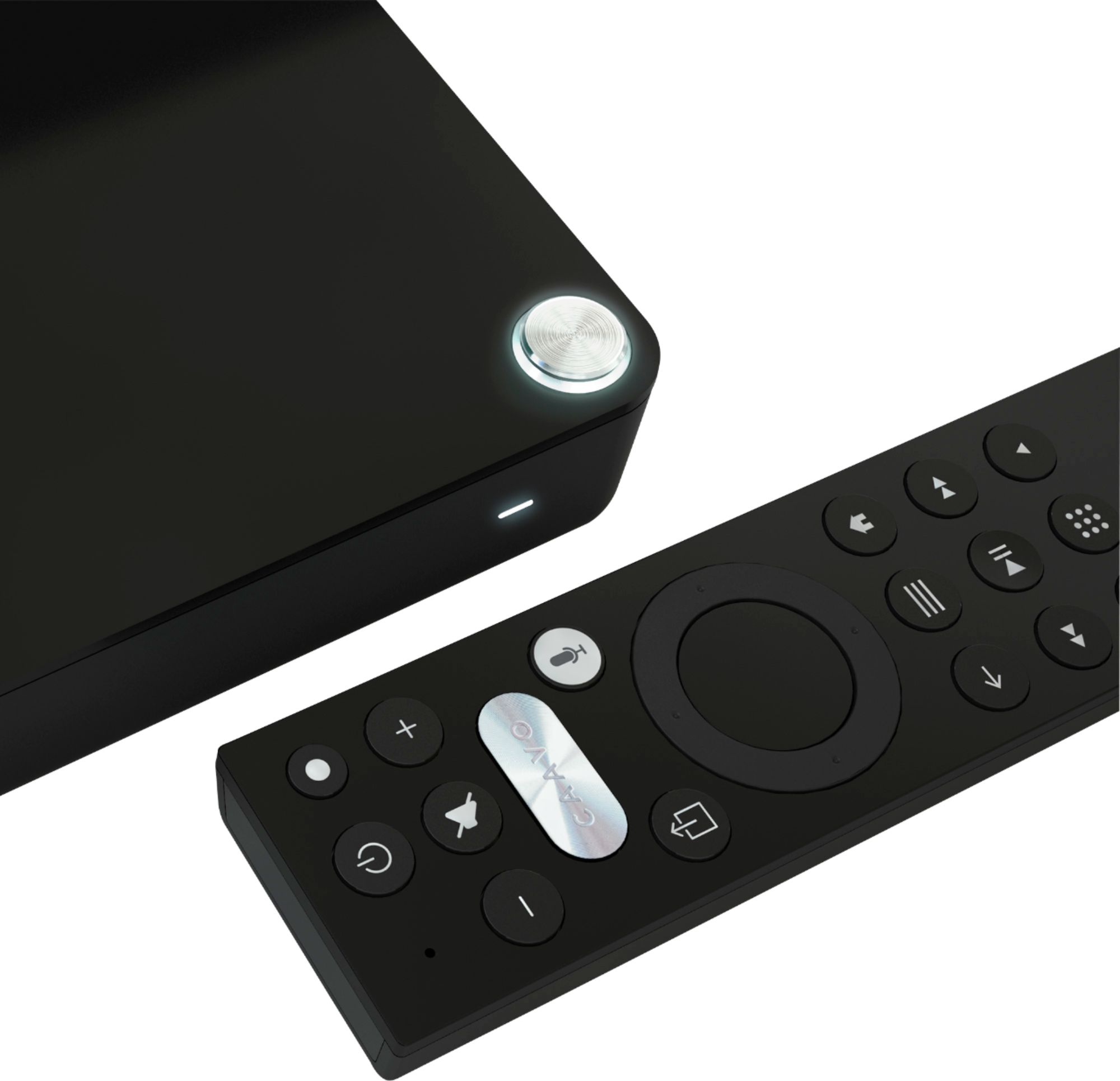
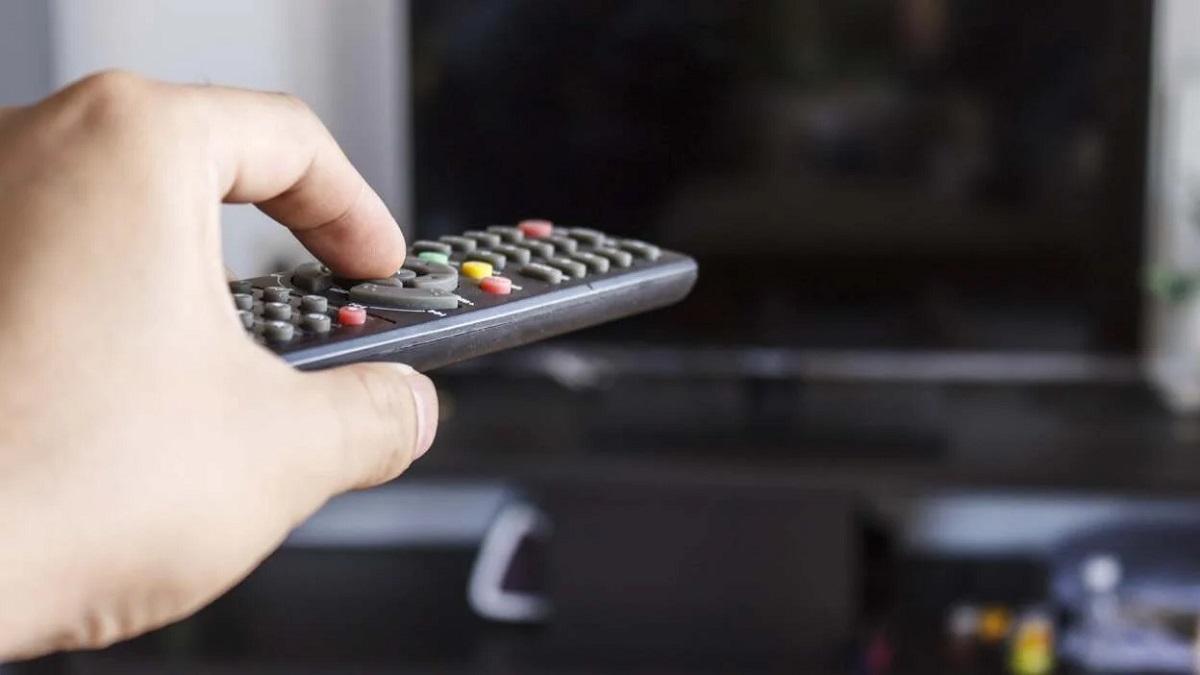
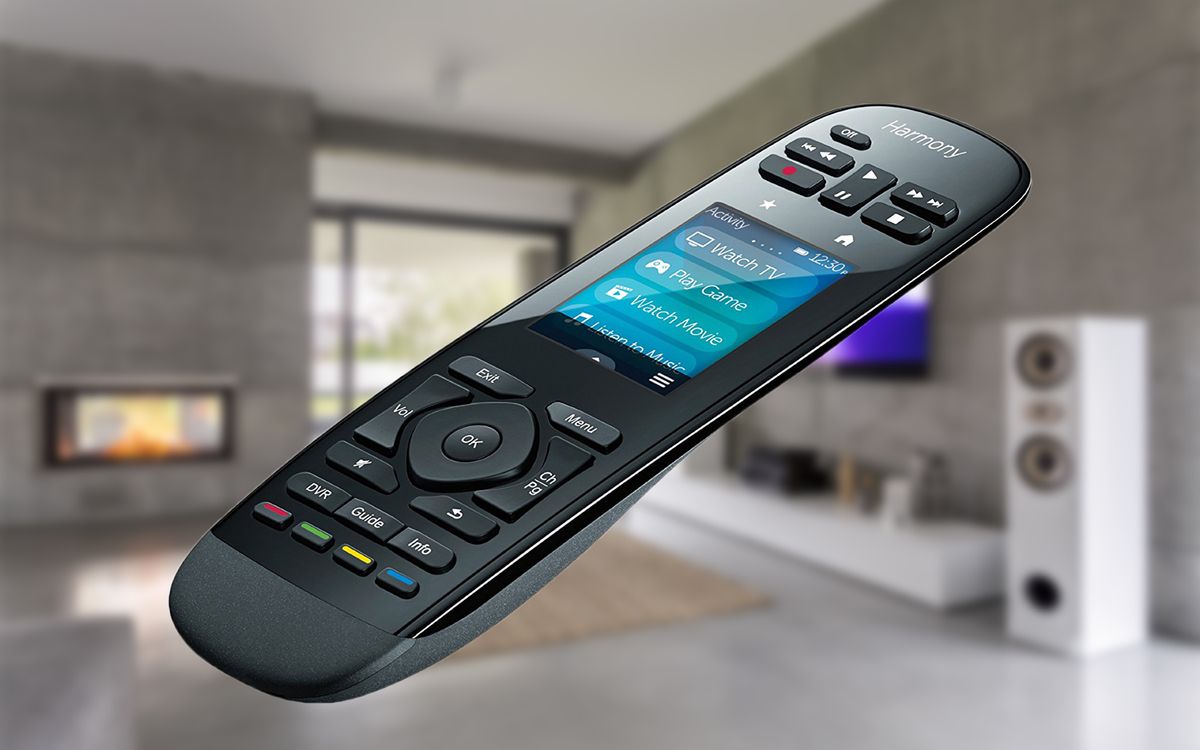
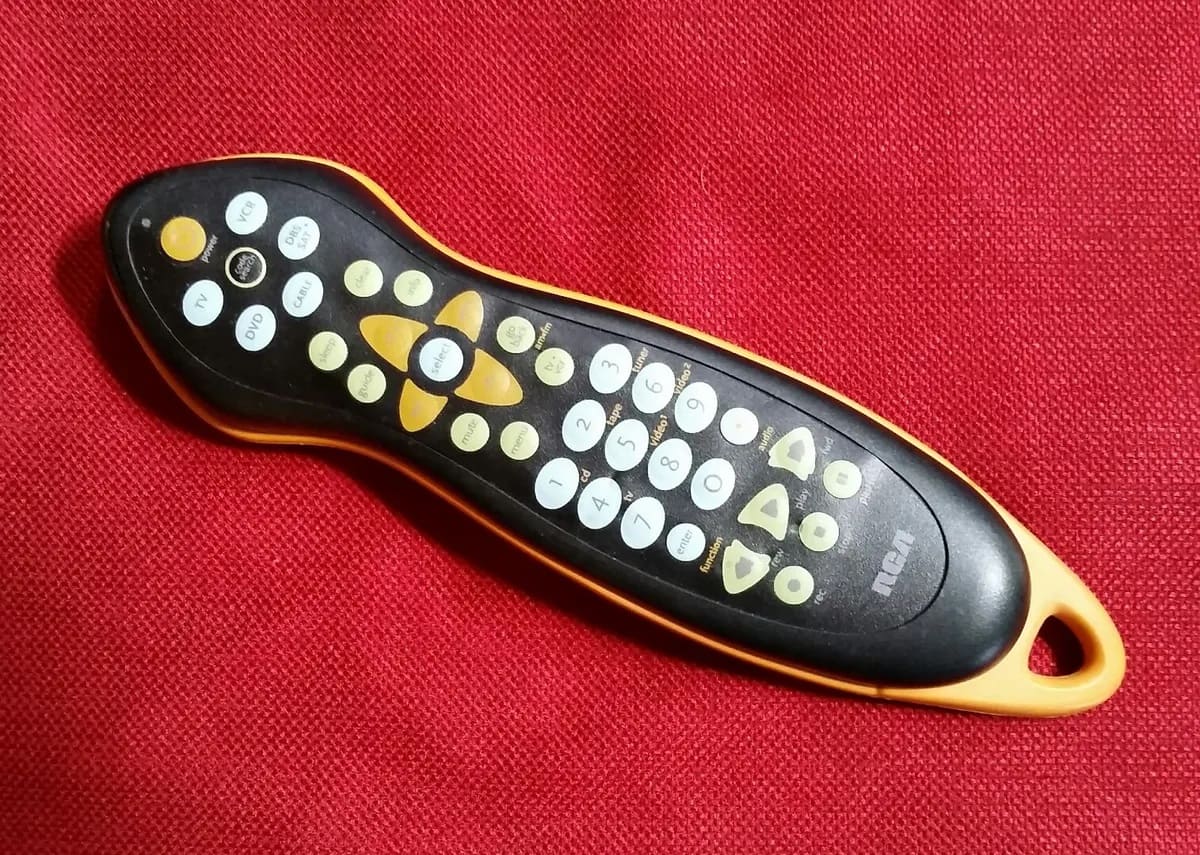
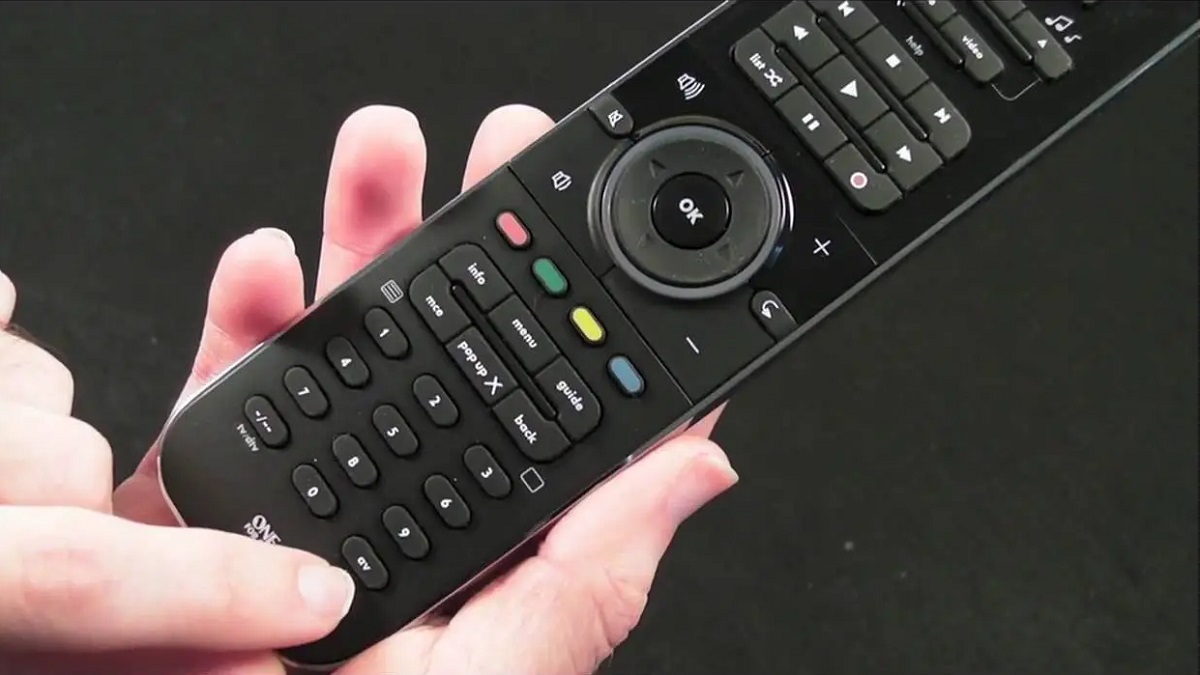

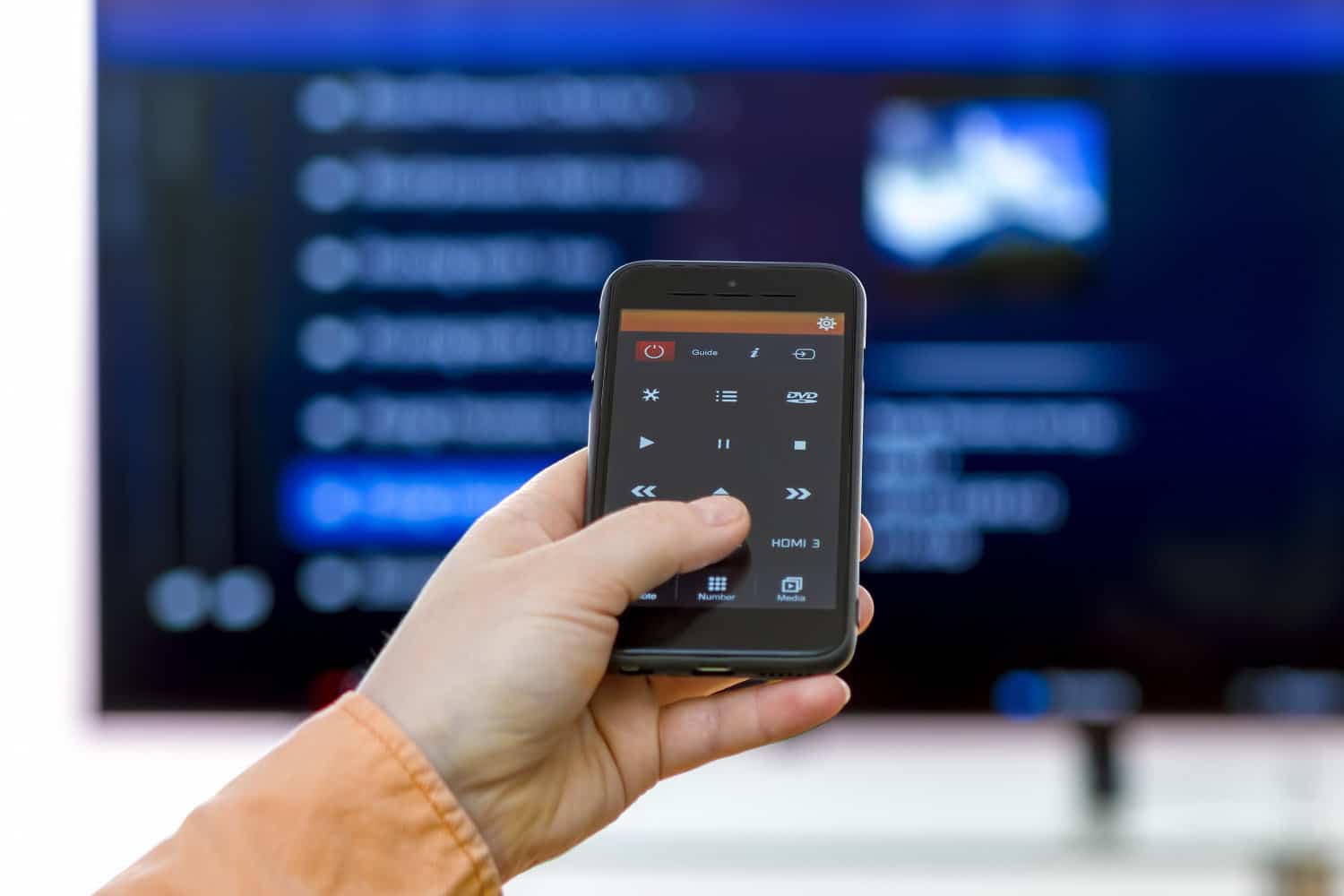
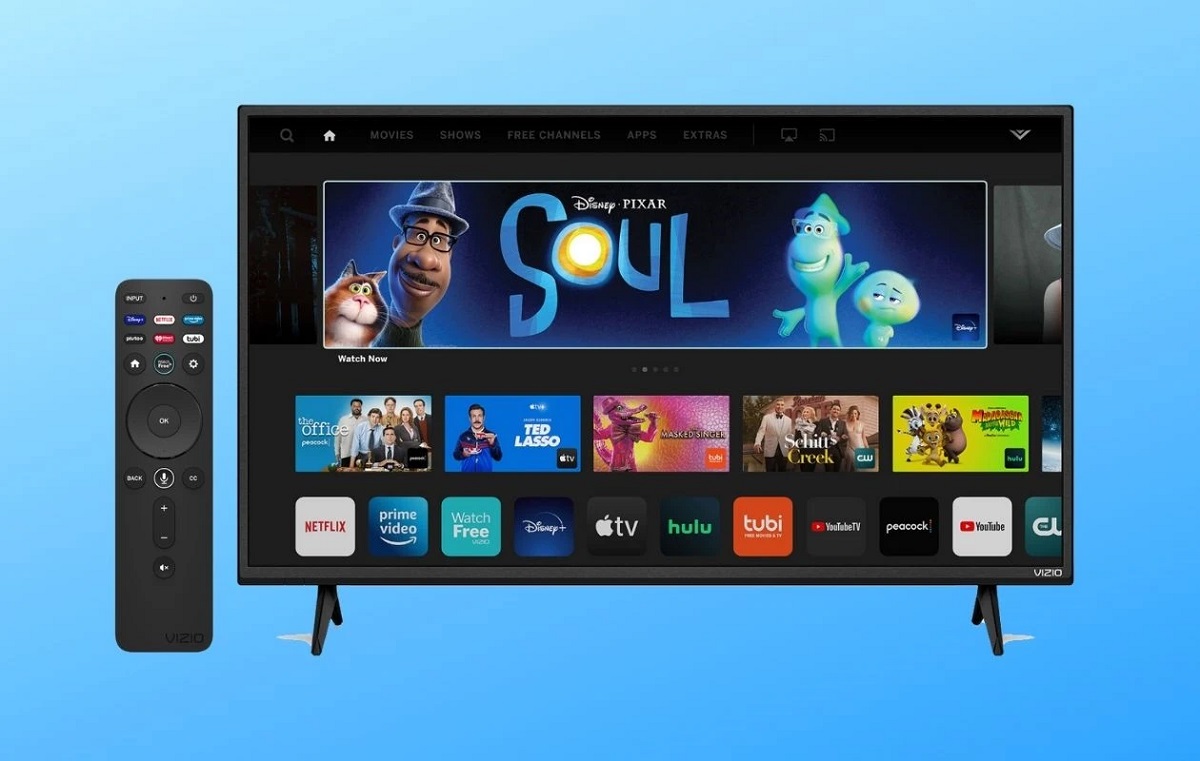
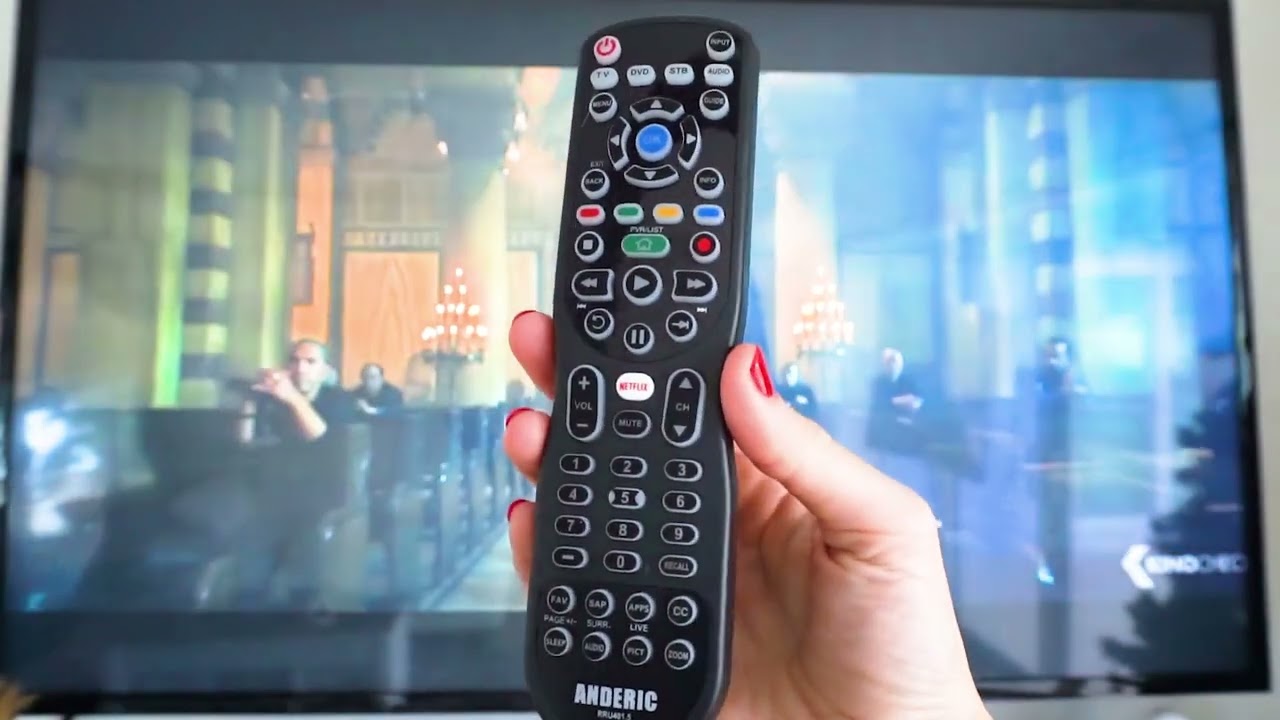
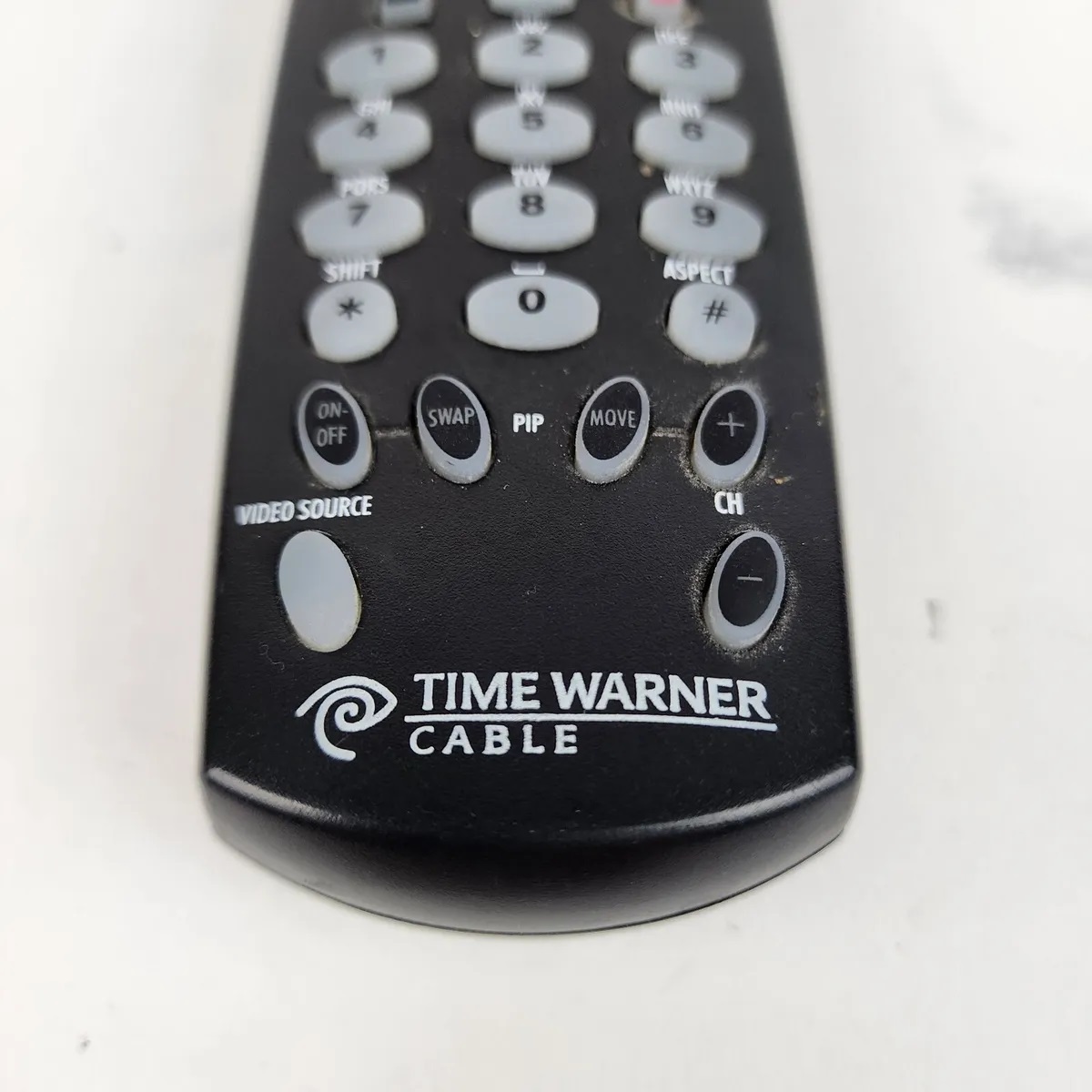
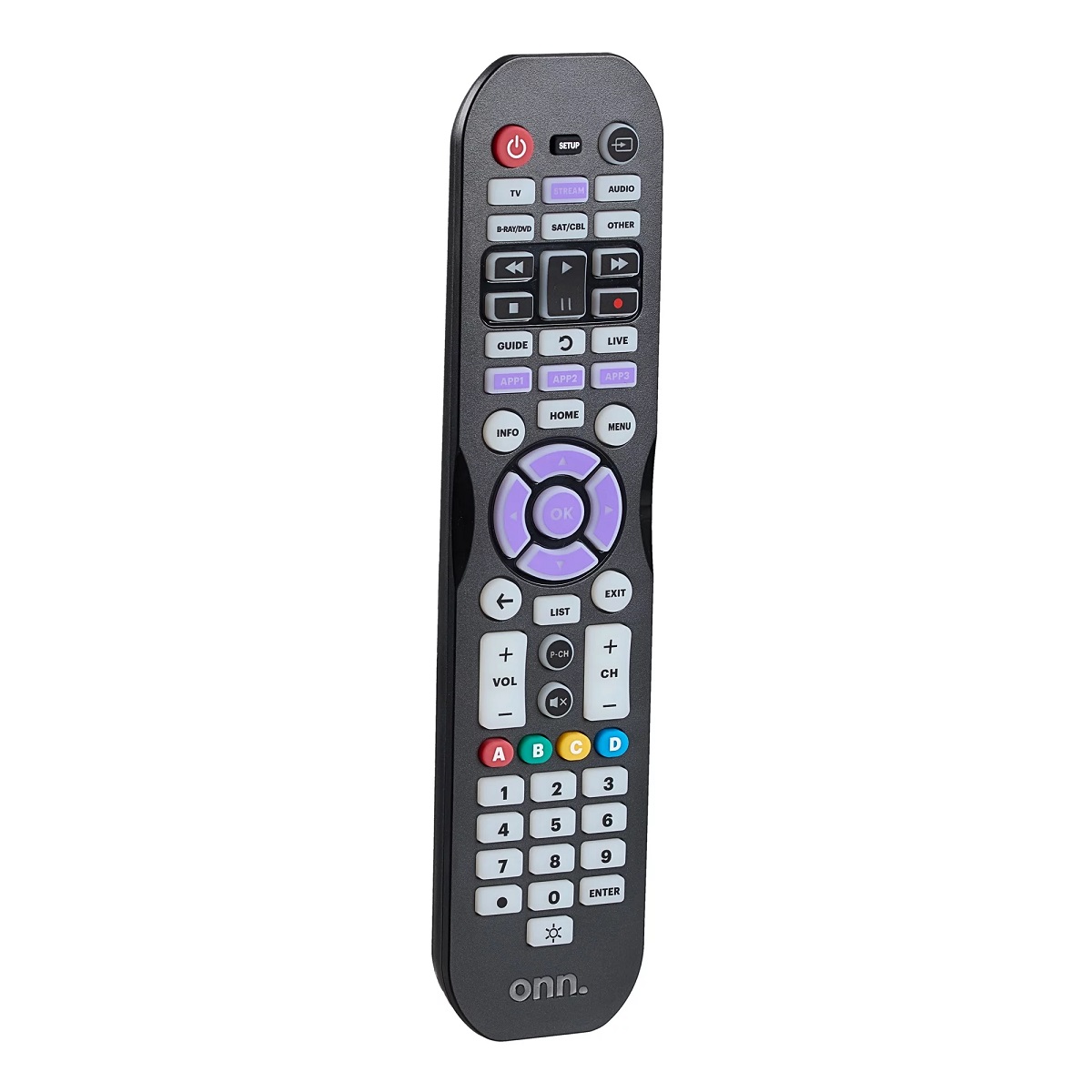
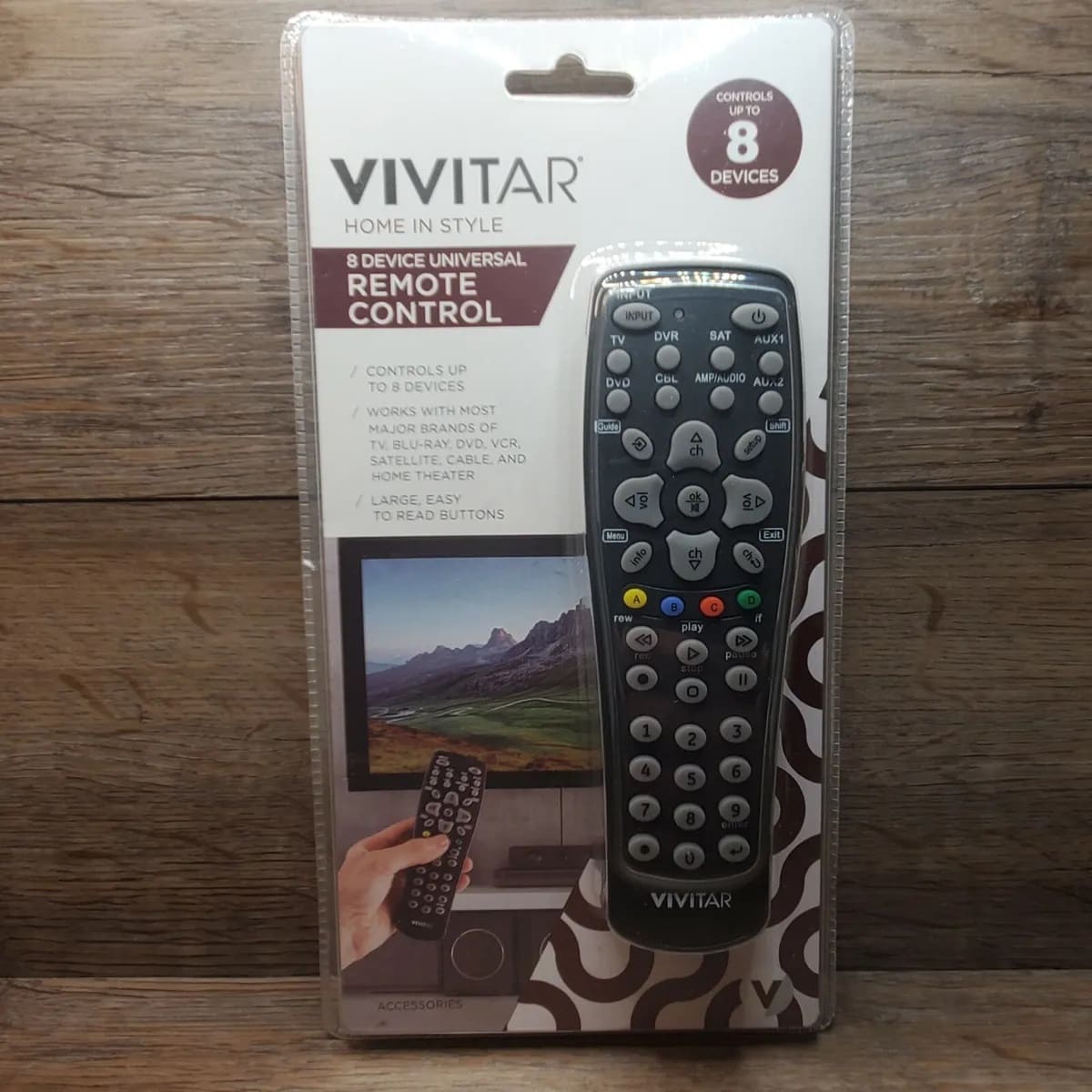
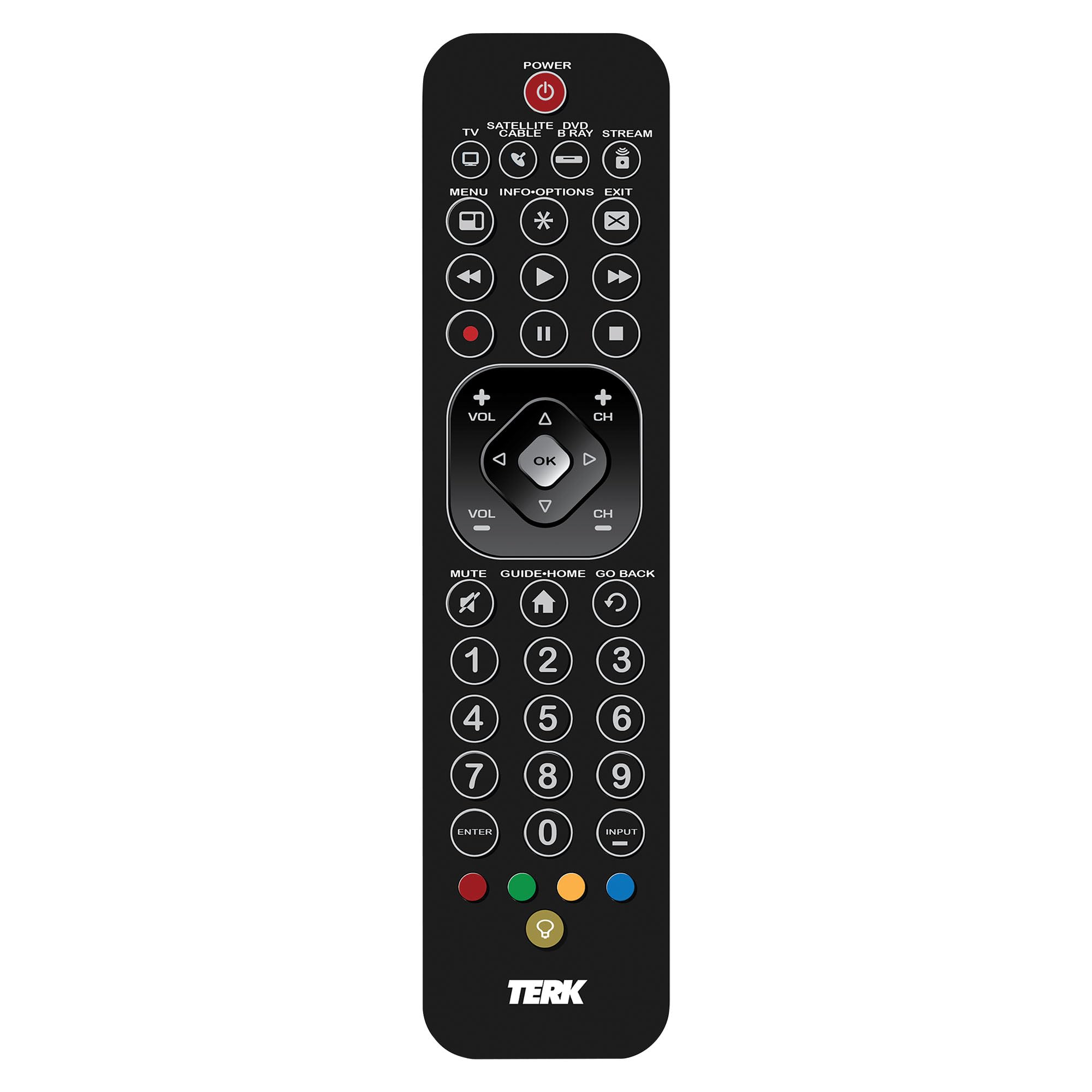

0 thoughts on “What Is Universal Remote Control”